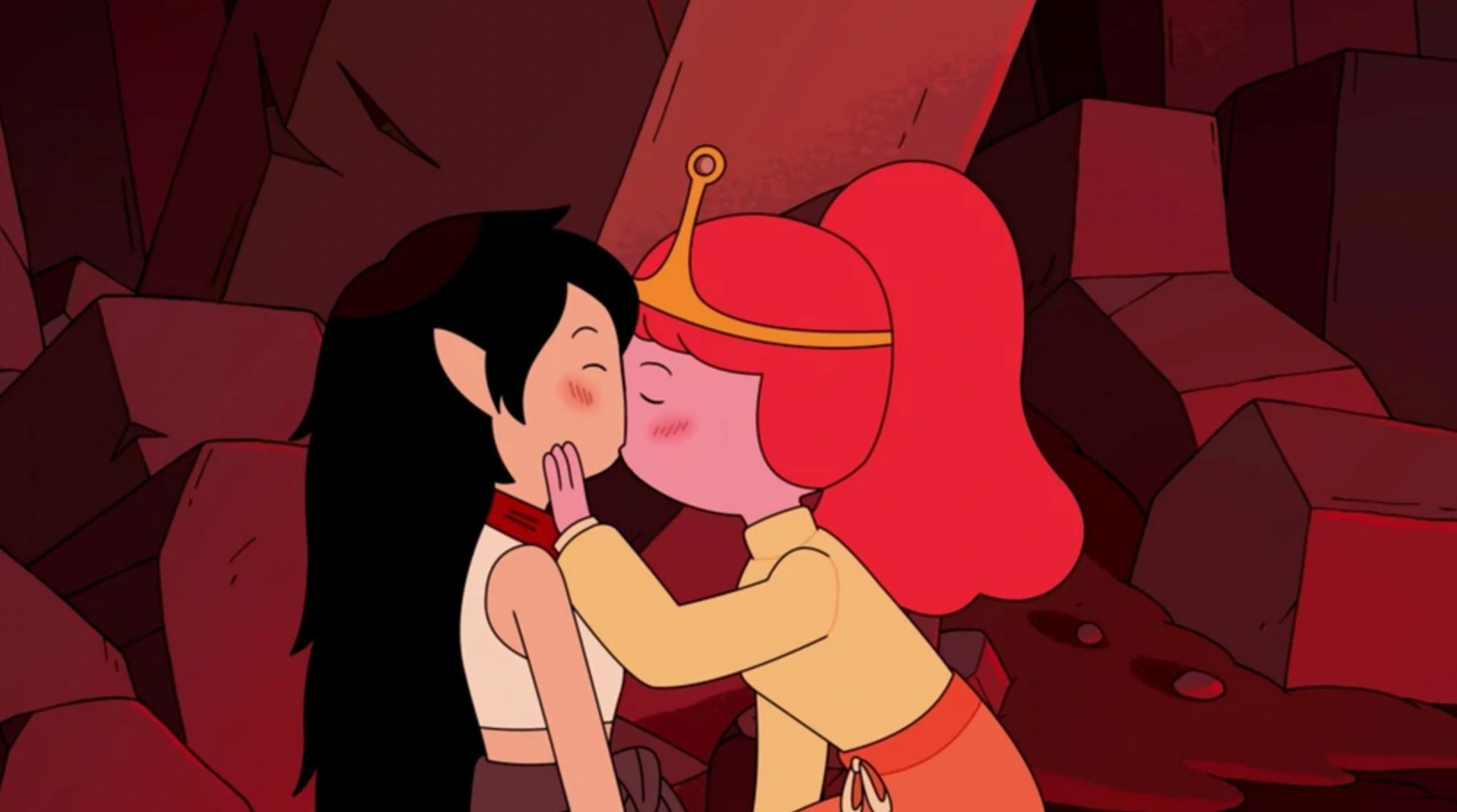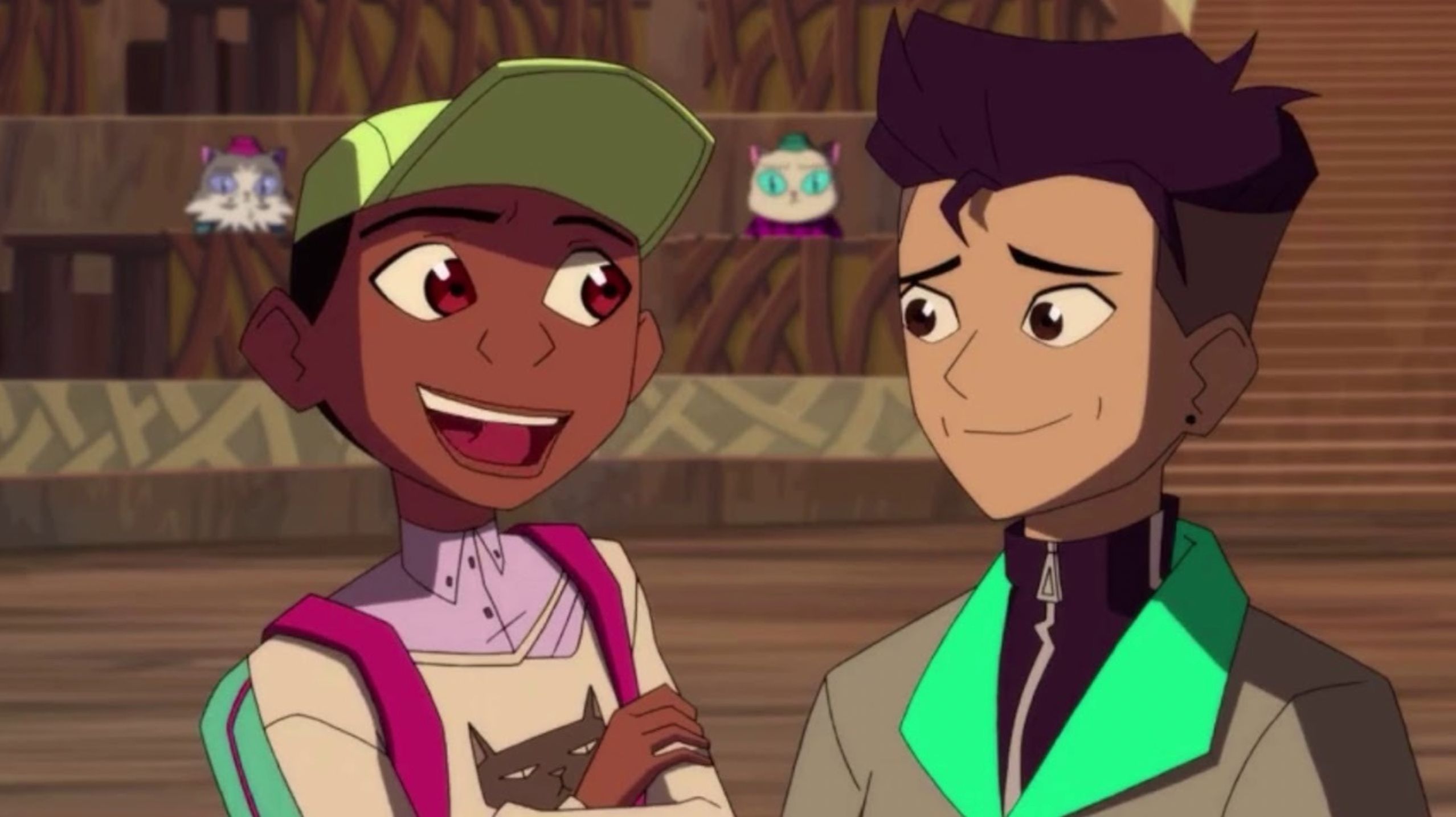It's time for cartoons to showcase more male romances for better LGBTQ+ representation
If you're a grown adult who still loves watching cartoons to this day (just like me), let me ask you this: When was the last time you saw an animated show that puts the spotlight on male relationships?
I recently saw Lightyear, a film that made me curious not only because I like animated works, but also because it was embroiled in controversy for featuring a same-sex kiss from a lesbian couple. To my pleasant surprise, the two even started a family, which is a big leap when it comes to LGBTQ+ representation in a medium that is centered on children.
In recent years, mainstream cartoons have become more progressive in tackling deep-seated issues in society and have become less timid in showcasing beautiful relationships between queer characters. However, there still seems to be a line that cartoons haven't crossed that much: highlighting more male romances in their pieces.
Animation studios seem to have a bit of an inclination towards showcasing relationships between female characters over male ones. And these aren't just those who appear one time, present themselves as part of the community, and never appear again—they are complex, fully-realized characters whose relationships are sweet and inspiring.
For instance, the Adventure Time crew cleverly built Princess Bubblegum and Marceline's relationship with each other throughout the show's seasons until they went from turbulent ex-lovers to rekindled sweethearts. This is similar to the case of The Owl House's Amity and Luz, who initially had a rocky relationship until they eventually became girlfriends.

But perhaps the show that isn't afraid to develop girlxgirl relationships the most is Steven Universe, which featured a groundbreaking moment of two female characters getting married.

To be fair, there have been queer male characters in cartoons, such as in She-Ra and the Princesses of Power, The Loud House, and Voltron: Legendary Defender. However, most of these are reduced to simply being supporting characters, and in the case of Voltron, the relationship wasn't even explored until the finale of the series.
Perhaps the only good male couple I have seen is in Kipo and the Age of Wonderbeasts. Not only did the cartoon have one of its main characters actually say he is gay, but he was also given an adorable romance with another male character that didn't feel rushed or abrupt to me.

One would argue that male relationships are abundant in anime shows such as Yuri on Ice, and I agree to that extent. However, these shows primarily target adult audiences—what seven-year-old would want to watch a show about ice skating? We need good male romances in shows that are actually targeted for children.
As much as I support female pairings teaching young girls that what they're feeling towards the same sex is completely okay, I think it has become the preferred standard of animation studios when bringing LGBTQ+ relationships to the fore. Why? Because it can be dismissed by conservative parents and homophobic folks as the girls merely being close to each other. After all, girls holding hands is seen as normal in the eyes of the heteronormative society, but when boys do it, it's seen as something that needs to be stopped and separated.
As someone who was taught when he was young that physical intimacy between boys is inappropriate, I needed shows to remind me it's okay to accept what I'm feeling. But I simply cannot relate to girls loving other girls because that is not my sexuality.
As stressed by Steven Universe creator Rebecca Sugar, "When you don’t show any children stories about LGBTQIA characters and then they grow up, they’re not going to tell their own stories because they’re gonna think that they’re inappropriate and they’re going to have a very good reason to think that because they’ve been told that through their entire childhood."
For that reason, it's important for mainstream cartoons—should they decide to include LGBTQ+ characters—to give importance to male romance as much as they do to female love.
No more of male queer couples who are just lingering in the background. It's time to show young boys who are exploring their identity a complex and healthy relationship among males that they can find courage and inspiration in.


